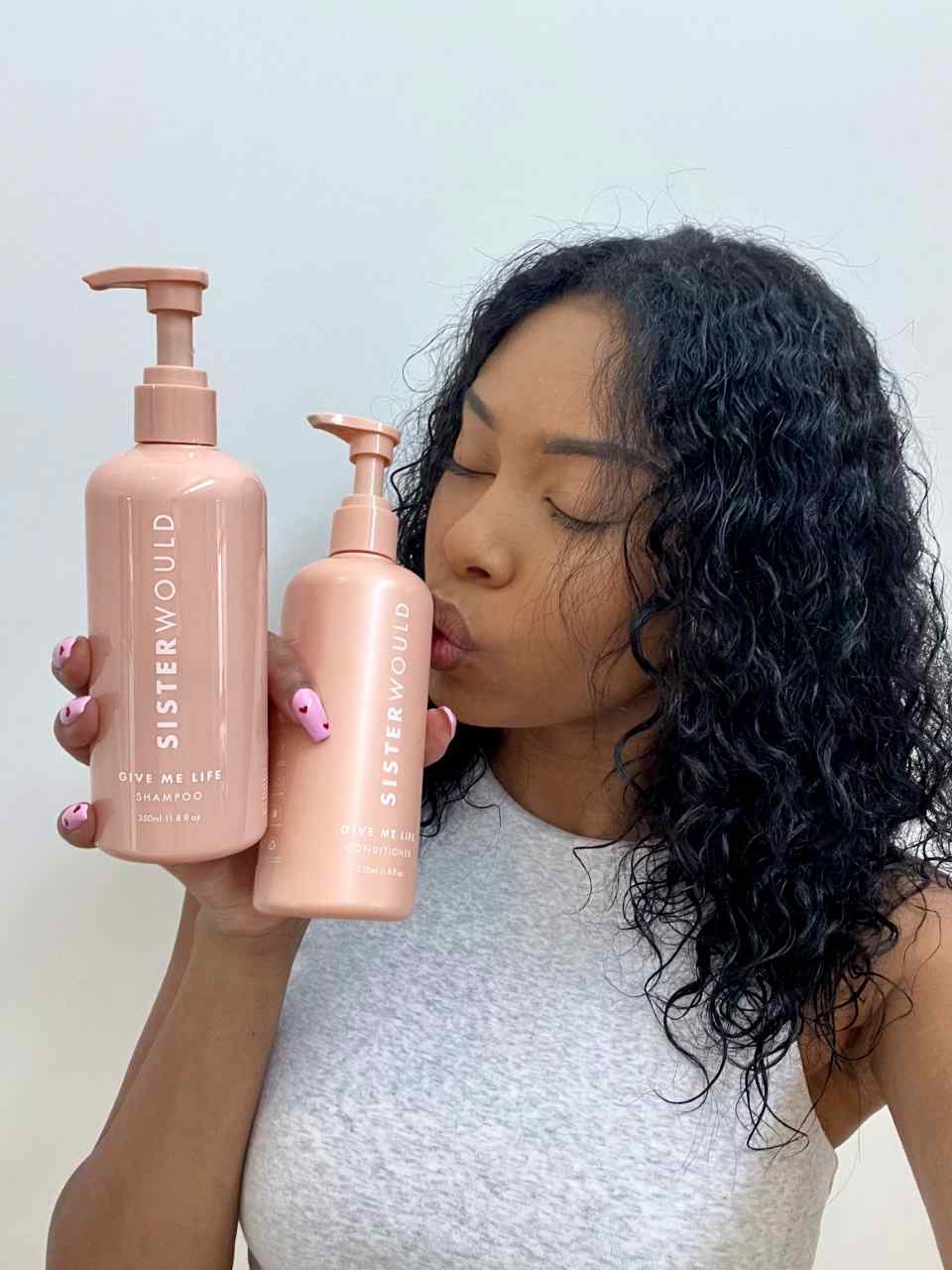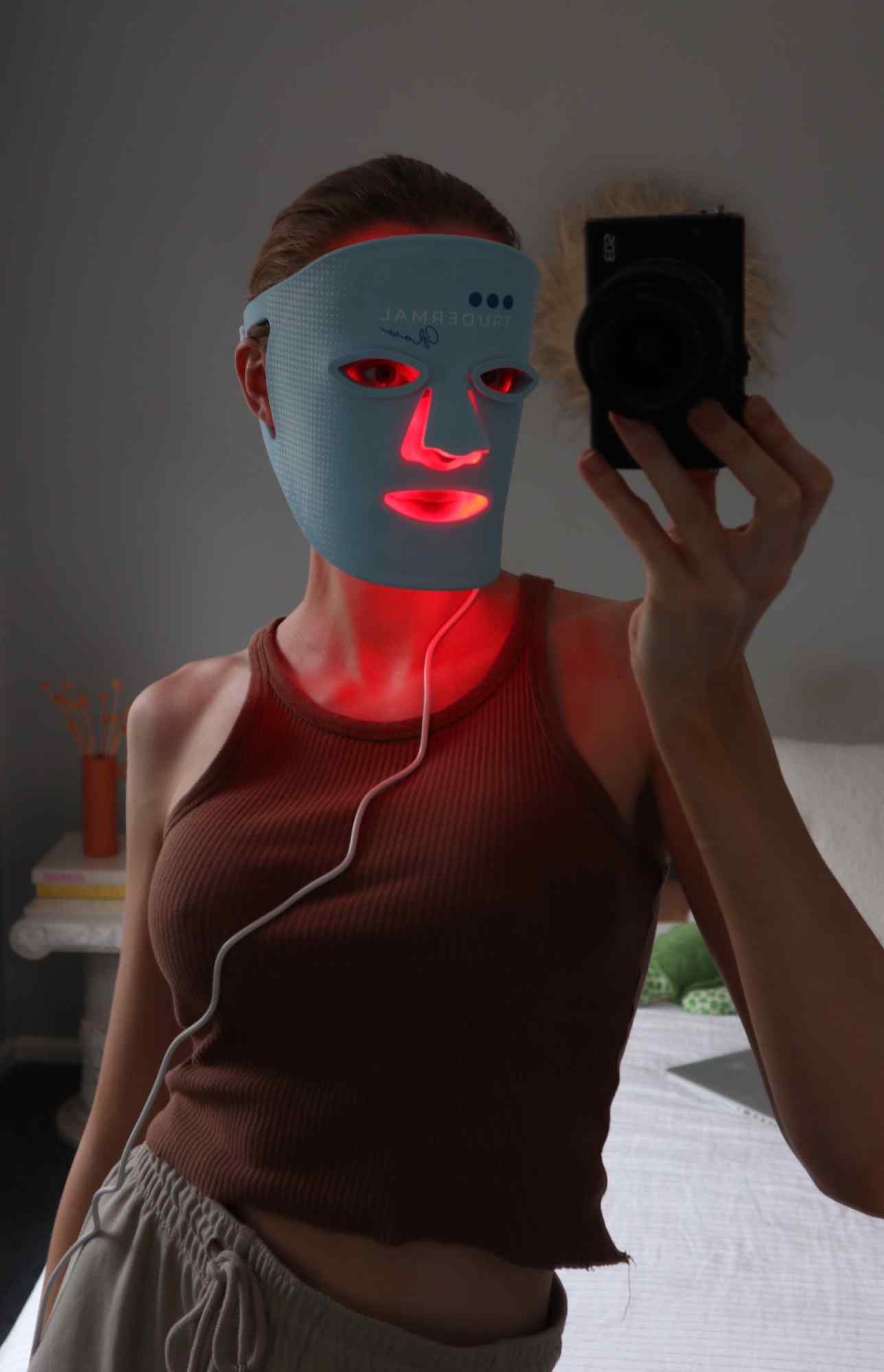Share

The brand content boxing ring is engaged in a fierce battle. User-generated content seeks to take on influencer marketing, and while both have their pros and cons, brands must ultimately ensure their video strategy is tailored for social success. Marketing Mag spoke with Cali Social and Collabosaurus CEO Lauren Swidenbank on the ways marketers can integrate video content into their overall content plans via both collaborations and influencer partnerships.
Swidenbank says to lure and win over potential customers, many brands strive to achieve a perfect façade by heavily investing in curating polished, packaged and flawless content. “This approach, however, is a common mistake and more often than not brands are wasting thousands, even tens of thousands of dollars without seeing a positive return as this approach falls flat or even backfires,” she says.
“Today’s consumers are switched on and discerning. Prospective customers see through a brand’s best efforts and recognise it for what it is – an ad. They can sense when they’re being blatantly sold to and are instantly turned off as a result.”
Instead, Swidenbank says raw and unfiltered video content – created by everyday Australians – is far more likely to resonate with audiences and result in cut-through and conversion. “Real people that have actually tried the product, and aren’t obviously getting paid to endorse it, are relatable and therefore more easily gain audience trust,” she concludes.
Marketing Mag: How do user-generated content (UGC) and influencer-generated content (IGC) differ?
Lauren Swidenbank: Influencer content is created by someone who has grown a significant following around their social platforms and curated a distinct personal brand. Their audience opts in to their content as they identify with the influencer’s aesthetic and topics of discussion.
IGC is intentionally curated to live on the influencer’s platform. The influencer is typically selected because their following matches the brand’s target audience which can be an effective strategy for increasing brand awareness within a specific group of people.
When an influencer showcases a brand, it’s an obvious paid partnership. There are strict guidelines influencers must adhere to when posting content they have been paid to create and promote. They must disclose that it is a paid post and there are hefty fines if they are found to be in breach of this.
Rather, user-generated content is videos and images created by the average consumer using their mobile device featuring a real and genuine overview of a product or service for a brand. It can and should feel like something a friend might have posted. The content isn’t supposed to be perfect. There’s not an expectation of enhanced lighting or editing. The individual creator doesn’t need to have a significant following as this content isn’t intended for the user’s personal social media presence. Instead, it’s handed directly to the brand for use.

Cali Social’s client Sisterwould
Essentially, UGC feels more raw, organic and natural. In contrast, a high-quality video from an influencer the scroller doesn’t follow can immediately feel like an ad and might actually cause them to move quickly on, instead of piquing their curiosity.
How do you determine the best approach for your brand? What are the pros and cons of each?
Both influencer and user-generated video content have a time and place for use. Knowing the benefits and pitfalls of each is the key to building a paid ads pipeline that will draw people in and encourage them to purchase and effectively convert sales.
With IGC, brands get the benefit of tapping into a new audience of a significant size, plus they can be associated with a well-known person who attracts admiration and interest. However, it’s widely understood how influencers make their living. When people view the video, they can quickly put two and two together and deduct that there has been an – often significant – value exchange involved. This instantly makes them sceptical of the endorsement, and question whether there is any truth to the recommendation and whether to disregard it.
User-generated content is a modern-day word of mouth. It fits seamlessly into someone’s feed as it’s normally a zero-budget production from an average, unrecognisable person. Unless you work in the marketing industry, few truly understand how IGC works and might assume the brand has simply reshared a reel someone has shared to their own feed without any value exchange and sometimes this is actually the case.
Research by Nosto found 79 percent of people say UGC highly impacts their purchasing decisions. They also found consumers are three times more likely to say that content created by a consumer is authentic compared to content created by a brand.
How do you encourage and drive user-generated video content and when should you amplify it?
Integrating user-generated video content into the social media marketing strategy will mean you save money on talent and production and potentially increase the conversion rate of your content and paid ads. All brands need to do is figure out how to capture and where to utilise it.
Brands can run campaigns that ask followers to share videos of themselves using or wearing a product and integrate a brand-stipulated hashtag. This invites them to participate in the brand’s narrative, transforming passive viewers into active contributors. When consumers see their content featured by a brand, it deepens their loyalty and affinity towards the brand.
The business can then sift through the content provided to repurpose. It’s important to seek permission to re-publish someone’s content, even if it has been provided as part of a hashtag-driven campaign. Furthermore, brands should always credit the original creator.
We’re currently seeing an influx of brands tying UGC into loyalty programs. For example, some brands offer a certain amount of points to be added to a customer’s account if they share a video and/or image for the brand to use on their website or social media. Other brands offer customers a discount or store credit on their next order, and platforms such as Yotpo are really driving this. While this shows the incentive is still there it is at a much lower rate than influencers.
UGC is versatile. It can and should be shared across various platforms at all stages of the buying decision-making journey, from placing the content in Meta ads to be served across social media channels to embedding it on various landing pages on company websites. For e-commerce brands, user-generated content works particularly well on product pages.

Cali Social’s client Trudermal
Brands can also incorporate the content into EDMs that go to a person when they fill a cart but don’t follow through to purchase. We know they are close to making a buying decision, so seeing this social proof can be key to motivate them to make payment.
Why should brands harness the power of referral marketing?
Video referrals are incredibly powerful. They capture attention and provide a strong call to action – helping businesses acquire new customers and fostering loyalty among existing ones. A video referral feels like an interesting product review from someone who looks like us and can instantly build rapport.
When consumers see similar people sharing their experiences with a brand through video, they are more likely to perceive the brand as genuine and trustworthy. Seeing products in situ, on everyday people and in average homes, also helps prospective customers better envisage how the product would look on them or in their space and provides inspiration on ways they could use it. This resonates with audiences, fostering a sense of relatability that traditional advertising often lacks.
In the Cali Social agency, UGC consistently outperforms other content with click-through rates double compared to professional images/graphic design-focused ads. Brands that prioritise authenticity through user-generated video content will see a higher return on investment and will ultimately perform better than those that miss this important trick.
Lauren Swidenbank is the founder and director of Cali Social, Australia’s leading digital marketing and paid ads management agency for e-commerce brands. She is also the owner and CEO of Collabosaurus, a tech platform that matches brands for clever marketing partnerships.
Also, read about harnessing consumers’ attention in a fragmented media landscape.
Imagery supplied by Cali Social.












